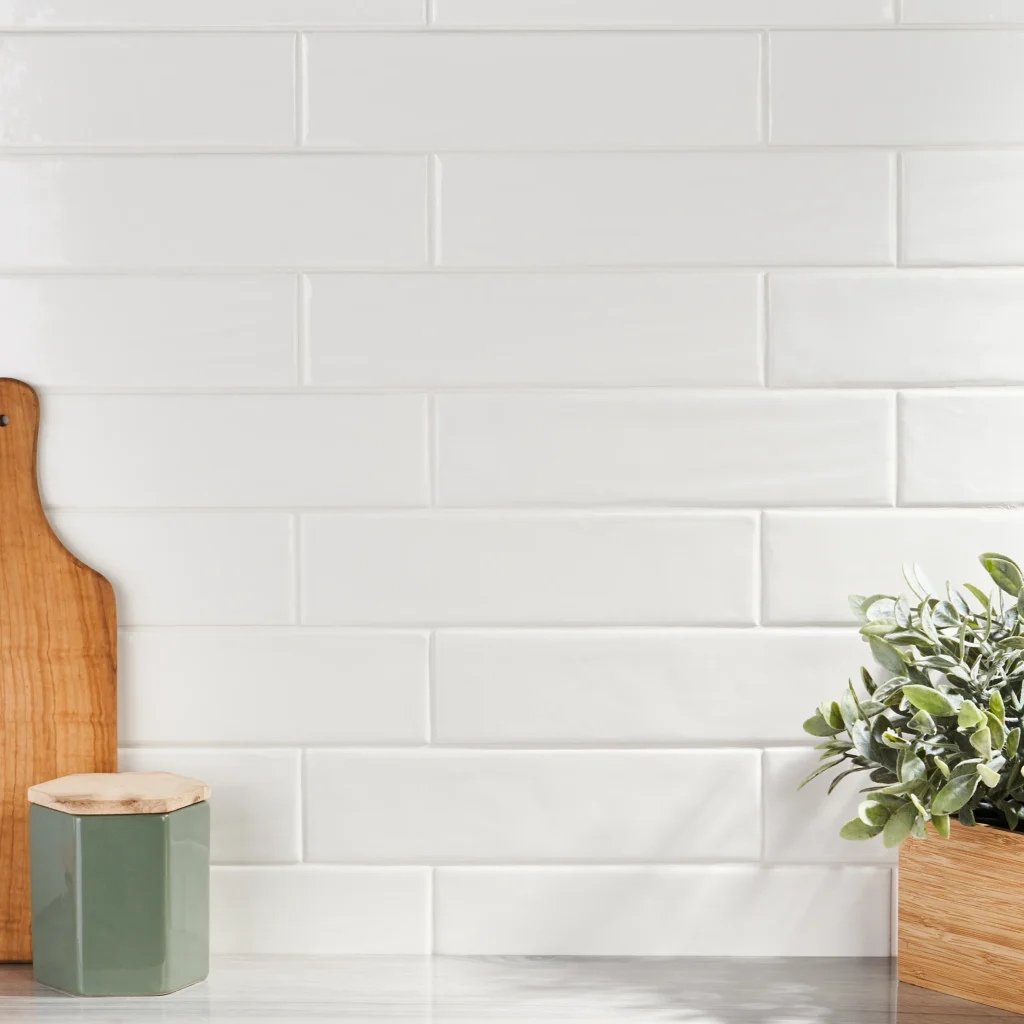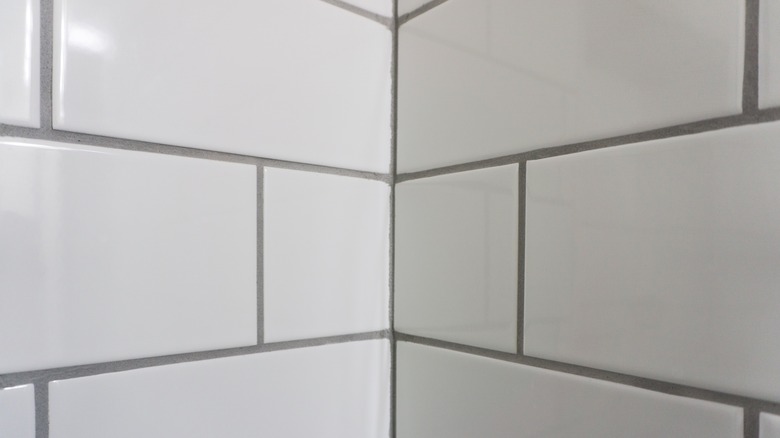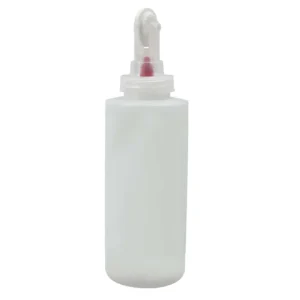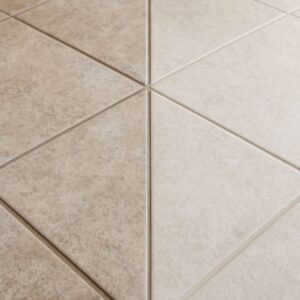When you check out the floors in your place, it’s clear that tile makes a huge difference. Stepping into a room with white marble tiles feels different than walking into one with dark green tiles all over. So, when it’s time to transform your space, make sure you choose the right grout color.

You might not think about it, but grout plays a big role too. Even though it takes up way less space on your floor, it can catch the eye and influence the vibe of the whole room.
Tile Grout
First off, it works like a water barrier. You need to leave some space between the tiles to prevent cracking if they expand, but if you leave those gaps open, water can trickle down and damage the floor. This substance prevents that from happening and also adds a nice look to the tiles.
The tiles are super important, but don’t forget about the grout! It can make them stand out or help them blend in, and a lot of that comes down to the color. There are three main ways grout can work with the tiles: it can match, complement, or contrast with them.
Color for Tile
Color is super important for tying a room together. The way you mix and match colors or play with color schemes can really elevate your space or make it look off. When it comes to matching grout color with tile flooring.
Three options to consider
Matching: The color of the match is pretty much the same as the tile.
Complementing: Typically, it’s a color that contrasts with the tile, but subtly, often sticking to neutral shades.
Contrasting: Using a different color from the tile can create a striking contrast, like pairing white tiles with black grout.
Every one of these setups creates a distinct impact on the tile, which in turn changes the entire vibe of the room.
Matching Tile Grout Color
Matching can help create a smooth, uninterrupted look in your space. It lets it blend in, so the focus shifts to the more eye-catching features of your room or floor.
If you go for a multi-colored tile design, picking a grout that matches one of those colors will help you and your guests appreciate the look without the grout stealing the show. It’ll seamlessly blend with the tile edges, making the whole pattern feel unified, no matter if you’re using just one color or a bunch of them.
Complementing
Complementary colors are found on opposite ends of the color wheel. Using these contrasting colors in your home decor can be tricky, but it adds a fun and unique vibe. For lively spaces like the kitchen or bathroom, try mixing colors like blue and orange or yellow and purple to create an energetic atmosphere.
Contrasting
Using contrasting grout can highlight those unique, non-linear spaces or patterns, like stone. If you’re looking to bring some bold colors into your home, opting for contrasting tile grout is a clever move.
Navy blue tiles paired with off-white or silver glass tiles with dark red grout can showcase your style.
Common Colors to Choose From
Wall and floor colors can change from one home to another, and even from room to room. It’s pretty cool to see how much the choice of materials influences these colors. For instance, rooms with wallpaper or paint usually go for bolder shades like red and bright blue, while tiled spaces tend to stick to more muted tones.
There’s a lot more variety in tile colors compared to the grout color. While grout can stand out against the tiles, having bright red grout in a room would probably look pretty odd, regardless of the tile colors.
It usually comes in pretty basic, natural colors. You’ll find white and black are the go-to options. Other popular picks include various shades of gray, brown, beige, and even some mossy green. Plus, there are plenty of other colors out there if you’re looking for something specific.
Tips on How to Choose Color
Picking a color can be a bit tricky. It gets even more complicated when you think beyond just your favorite shade. You need to take into account how the grout will look next to the tile color and what that means for installation and maintenance.







